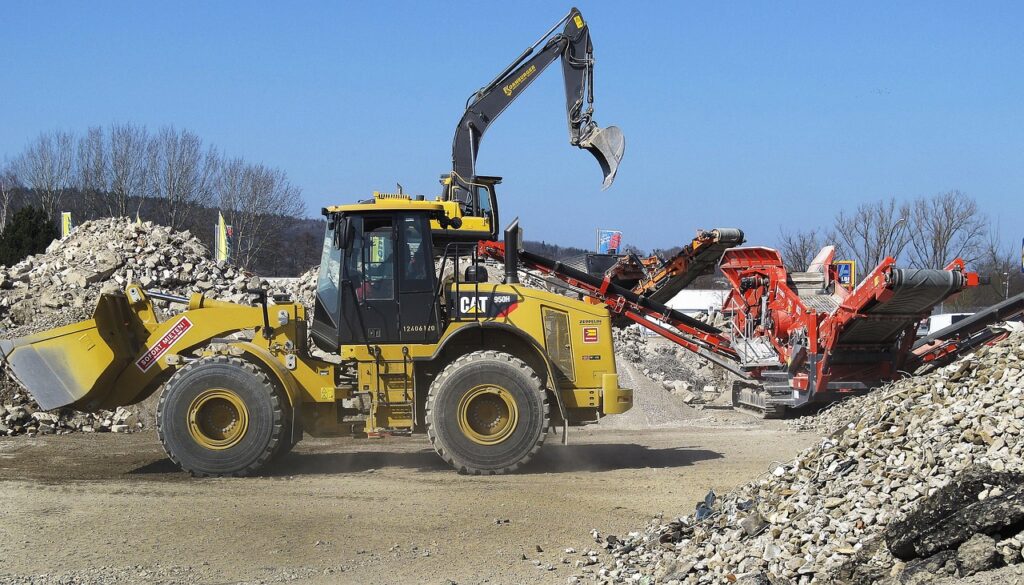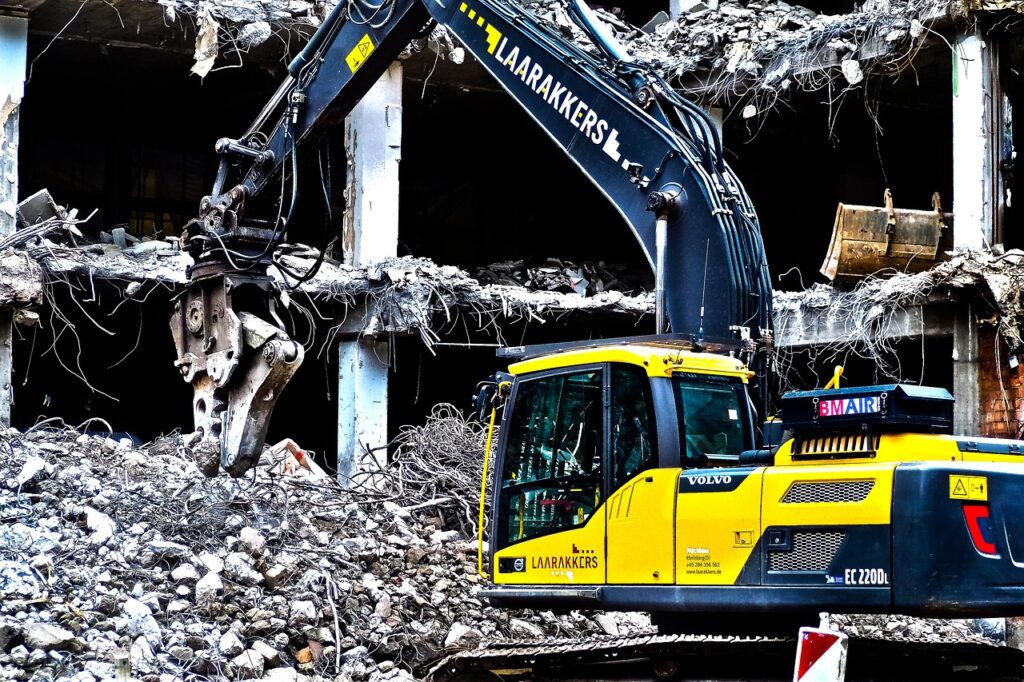Historically, the construction sector has been a significant consumer of raw materials and in turn produced a lot of waste. Today that same sector is at the forefront of a green revolution as there is a pressing need to adopt sustainable construction practices with the increased construction and demolition (C&D) waste being produced. This article will delve into the importance of recycling, the challenges faced and the potential innovative solutions.
Understanding C&D Waste
C&D waste encompasses the debris generated from various construction and demolition projects, from private homes to international airports. In 2018, the US alone produced a staggering 600 million tons of C&D waste and in that same year the UK produced 202.8 million tons. Because of this, the construction industry is looking for more eco-friendly construction methods to reduce its environmental footprint.

Why Recycle in Construction?
Environmental Conservation: Recycling diverts waste from landfills reducing environmental degradation. It also minimizes the need to extract new raw materials, conserving natural resources and energy.
Economic Benefits: Recycled materials are often cheaper, reducing costs associated with raw material extraction, processing, and transportation. Moreover, reusing materials can save on disposal costs and even generate revenue.
Championing the Circular Economy: Recycling exemplifies the circular economy in action. It ensures materials are continually cycled back into the economy, reducing waste, and promoting sustainability.
Energy Efficiency. Using recycled materials partly or entirely will reduce energy consumption overall. This is because the energy required to re-use them is far lower than that which would be needed to process new ones all the way from harvesting raw materials to transporting the finished product on site.
Challenges in C&D Recycling
While a sizable portion of C&D waste is recycled, a large amount still ends up in landfills. Traditional demolition practices often lead to mixed rubble making material extraction challenging, this in turn makes extraction of useful materials complicated. Even with organized deconstruction, materials must be meticulously sorted and separated into distinct categories for effective recycling. Contamination is another issue where materials like wood or plastic mix with concrete meant for recycling. The broad range of materials in C&D from concrete, wood, asphalt, glass, plastics, metals and even whole fixtures like windows further complicates the recycling process.

The Merits of Recycled Building Materials
Recycled building materials are products repurposed from previous constructions including bricks, steel, timber and even entire elements like windows. They can also be products manufactured from waste such as recycled plastic bricks or concrete made from waste steel dust. These materials are both eco-friendly and cost effective plus they can be high performing.
Examples of Recycled Building Materials:
Cement: Recycled cement is mixed with aggregates and water to produce concrete suitable for various applications.
Topsoil: Excavated soil from construction sites can be processed to create nutrient-rich soil ideal for landscaping.
Recycled Aggregates: Aggregates can be repurposed for various construction needs, from concrete production to road foundations.
Recycled steel. Steel is one of the most recycled materials in the world. It can be used in place of new steel to save energy and resources.
Recycled glass. Crushed glass can be used for countertops, flooring and even as aggregate in concrete saving even more resources.
Benefits of Using Recycled Building Materials
Waste Reduction: The construction industry is inherently wasteful. Reclaiming materials reduces reliance on unsustainable disposal methods.
Energy Efficiency: Processing reclaimed materials consumes less energy than harvesting or manufacturing new ones.
Emission Reduction: Using recycled materials reduces greenhouse gas emissions, crucial for a sector responsible for a significant carbon footprint.
Cost Savings: Recycled materials are often more affordable, debunking the myth that sustainable practices are always more expensive.
The Road Ahead
To increase recycling in construction, proper organization is necessary. Clear communication with recycling companies ensures appropriate containers are available for material separation from the project’s onset. This will make recycling easier as separation of recyclable materials is the hardest part in the process. More so, conscientious building design that allows for easy disassembly can facilitate effective material reuse at the end of a building’s life.
In conclusion, recycling in construction is not just an eco-friendly choice; it is a comprehensive approach that intertwines economic, environmental and societal benefits. As the industry continues to evolve, recycling will undoubtedly be at the heart of sustainable construction practices.
